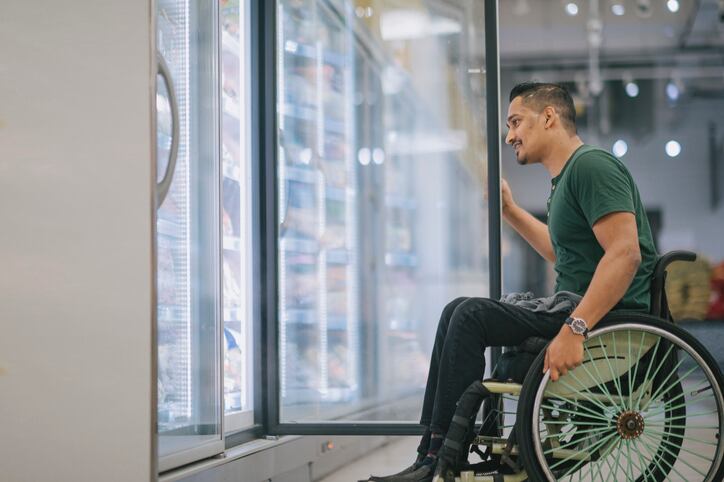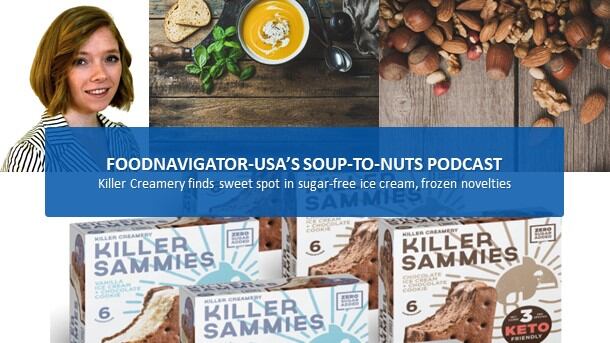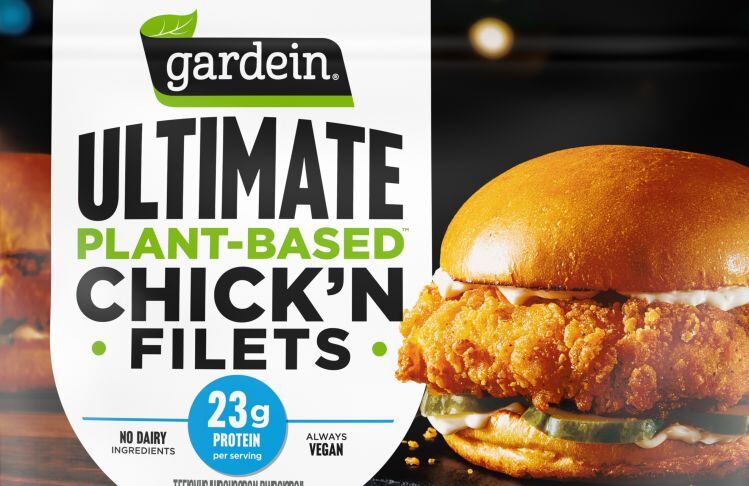In response, retailers should rethink what they stock and how they display food – decisions that could dramatically impact manufacturers, Deloitte analysts note in the firm’s new report released today, “Fresh vs. Frozen: The Future of Fresh in a Changing Competitive Landscape.”
The report reveals that while 90% of consumers say eating fresh makes them feel happy, and retail sales surged 10% in 2020 during the first waves of the pandemic to reach “unexpected new heights,” they have fallen back in 2021.
Even though this dip was expected, its primary cause was not.
According to the report, researchers expected fresh sales to drop slightly as restaurants reopened and consumers began eating out more. And while this likely contributed to the decline, researchers found a more significant impact came from the “three Ps” of food retail: perishability, price and preference.
These factors likely pushed more consumers to embrace frozen food, sales growth of which more than doubled that of fresh in 2020 at 21%, albeit off a much smaller base.
This dynamic makes frozen “the David to fresh’ Goliath,” so that “in the food fight to capture growth in at home consumption, frozen appears to have gained an advantage,” the report notes.
Food waste, short shelf life deter fresh shoppers
The perishability of fresh food is not new – but it took on greater importance during the pandemic when shoppers were encouraged to visit stores less frequently to reduce their risk of exposure to the coronavirus.
“Last year’s Future of Fresh report showed a 50% drop in the most frequent shopper group from 2019 to 2020. While it has since made a partial recovery, the frequent fresh shopper group remains significantly smaller than it was before the pandemic (down 8 percentage points from 2019),” which suggests that new shopping habits are enduring even though fewer consumers feel less stressed about shopping in store today (40%) than in 2020 (54%), the report notes.
Concerns about food waste also is prompting some consumers to rethink their shopping habits and whether they can consume fresh food before it spoils, the report adds – noting that 72% of consumers think about how much food they throw away when purchasing.
Frozen effectively addresses these concerns – providing a convenient alternative that many consumers consider “just as good” as fresh but with a longer shelf life and easier storage requirements. Plus, Deloitte notes, many consumers added frozen storage during the pandemic – making it even easier to maintain this switch.
Price increases push consumers to frozen
Another advantage that frozen has over fresh is it is perceived as less expensive – a factor that is gaining importance as food prices steadily rise in response to increased inflationary pressure.
Deloitte found that 62% of the 2,000 US adults it interviewed for the report considered fresh food more expensive than frozen options and 65% believe prices are higher now than in 2020.
“Of those who think prices are up, a whopping 82% think they went up more than was justified,” the report notes. “In contrast, almost half of the consumers think the price of frozen food hasn’t gone up at all.”
Improving perception of frozen
Finally, industry’s efforts in recent years to improve the quality of frozen food is paying off with 40 to 50% of consumers surveyed by Deloitte saying that frozen is “just as good or better than fresh.”
This belief is held more prominently among younger shoppers, with 57% of 18- to 34-year-olds stating that frozen vegetables are just as good or better than fresh, compared to 39% of those 55 and older.
“Such a demographic difference may indicate a longer-term shift is underway, as these younger customers grow their families, economic standing and purchasing power in coming years,” the report notes.
Reshuffling retail options
Consumers’ shifting preference to frozen from fresh likely will influence how retailers stock their stores, which in turn will likely influence future innovation and manufacturers’ sales and market share, according to Deloitte.
To take full advantage of changing consumer priorities, Deloitte recommends that retailers “reimagine the frozen section” to be more fun and to appeal to the senses the same way that the fresh section does. This might be switching from refrigeration units with glass doors to open chests that are easier to browse and sort through.
Or it might mean reallocating some fresh space to frozen and diversifying product offerings, the report adds.
At the same time that retailers enhance their frozen offerings, they should strengthen their fresh food supply to better manage prices and ensure products have as long a shelf life as possible.
Finally, Deloitte recommends, retailers and providers should consider enhancing consumer education – through demos, more exciting visuals and cooking bars – so that they know how to prepare food before it spoils – alleviating concerns about food was.




